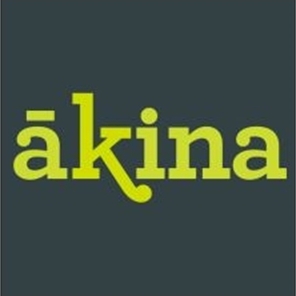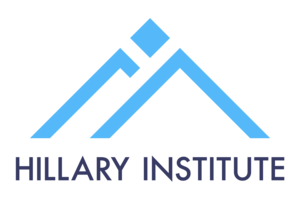Strong year characterised by growth and transformation
Media release from Airways New
Zealand
For immediate release
28 August
2013
Strong year characterised by growth and transformation
Airways, the country’s air traffic controller, achieved a strong net operating profit after tax (NOPAT) of $21.7 million in the year to June 2013, against a backdrop of flat volumes, a major internal transformation project and an ambitious capital expenditure programme.
This result was largely driven by a one-off financial transaction, which resulted in an increase to NOPAT of $12.8 million. Before the one-off transaction was taken into account, the NOPAT was $8.9 million compared with last year’s $9.3 million. The transaction was the early termination of a cross border lease (QTE Lease) (see explanatory note below).
“Implementation of the transformed Airways began on 1 July 2012 and has meant far-reaching improvements for the business,” says chief executive Ed Sims. It involved splitting Airways into three business groups – a System Operator providing services to NZ and the Pacific, Airways Global Services selling technical products and training services around the world, and a Shared Service business unit.
“New senior managers, a vital pricing consultation process and a massive drive to increase our infrastructure asset base have enhanced the capabilities of Airways. This has happened at the same time as enabling 1.1 million flight movements with excellent safety, on- time performance and productivity metrics. These metrics keep Airways in the top decile globally for safety, and cost efficiency,” says Mr Sims.
This year Airways is investing nearly $40 million in some significant capital projects, such as the Southern Performance Based Navigation programme. This programme is estimated to save airlines nearly $1 million a year in fuel, and results in about two million kilograms less CO2 emitted into the environment.
“We estimate that for every extra dollar the airlines pay us we will save them a dollar in fuel through shorter, more efficient flight paths and fewer delays.”
Airways Chair Susan Paterson says the year has been a tough one for the global aviation sector. Premium travel and cargo movements seem to be trending upwards, but in international markets such as Europe, Asia and the Middle East there is continuing uncertainty.
“While the domestic outlook is for some growth, in the year just been air traffic movements increased by only 0.1%.”
“Our business is heavily influenced by many factors outside our control. We’ve continued to provide essential services through extreme winds and heavy snow. Throughout these events, and many, many other times during the year our staff have responded with professionalism and commitment.”
ends
What is the
QTE?
Airways’ strong net operating profit
after tax (NOPAT) of $21.7 million was largely the result of
a one-off financial transaction, the termination of a cross
border lease. It resulted in the release of deferred income
of $18.8 million and an increase to NOPAT of $12.8 million.
The cross border lease was a type of Qualifying
Technological Equipment (QTE) lease. In simple terms, the
lease involved the sale and leaseback of equipment and was
entered into by Airways in the early 2000s. In 2012,
Airways took advantage of highly favourable interest and
exchange rates to negotiate the early termination of the
lease at a significant profit to Airways. The financial
benefit Airways gained from exiting the lease has been
invested back into capital works to benefit our customers
the airlines, the airports and travellers.


 Thrive Whanganui: Empowering Entrepreneurs With Disabilities - Launching February 2025
Thrive Whanganui: Empowering Entrepreneurs With Disabilities - Launching February 2025 Primeproperty Group: Primeproperty Group Purchases The Reading Cinema Complex & Adjoining Car Parking Properties in the heart of Wellington's Courtenay Place
Primeproperty Group: Primeproperty Group Purchases The Reading Cinema Complex & Adjoining Car Parking Properties in the heart of Wellington's Courtenay Place Hugh Grant: Lessons From Australia - How Digital Tools Could Support NZ Nurses In Palliative Care
Hugh Grant: Lessons From Australia - How Digital Tools Could Support NZ Nurses In Palliative Care Canterbury Museum: Dinosaur Dolphins Survived In New Zealand Long After Extinction Elsewhere
Canterbury Museum: Dinosaur Dolphins Survived In New Zealand Long After Extinction Elsewhere Retail NZ: Retailers Still Under Pressure At End Of 2024
Retail NZ: Retailers Still Under Pressure At End Of 2024  University of Canterbury: Research Sheds Light On Fire Risk For Canterbury
University of Canterbury: Research Sheds Light On Fire Risk For Canterbury



